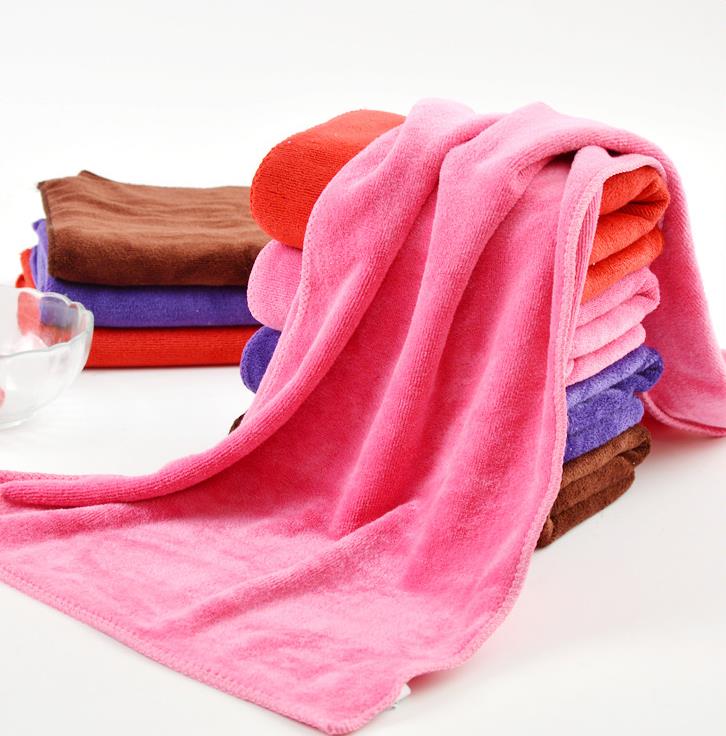[China Glass Net] Glass expands or shrinks during forming and is characterized by the coefficient of thermal expansion of the glass. It is related to the generation of stress in the glass and the tolerance of the dimensions of the glass article. After the glass is formed into the mold, the contact between the glass and the surface of the mold wall shrinks due to cooling. At the colder point, the glass surface layer shrinks more, and the inner shrinkage gradually decreases. Thus, there is a tensile stress on the surface of the glass. When the glass is still in a liquid state, the stress is quickly eliminated due to the flow of the particles, but when the glass partially reaches the elastic solid state, and the model expands due to heat, the shrinkage of the glass product and the expansion of the cast iron model are about 1%-2. The difference of %, so that residual stress is generated on the formed glass article, which is easy to cause surface cracks. Therefore, the problem of the stress relieving speed that does not cause defects should be considered in the forming. In actual production, it is often found that glass products are broken during the mold release, and sometimes they are blown before being sent to the annealing furnace after being discharged.
In the production of nested glass products, due to the mismatch of the thermal expansion coefficient of the glass, the bursting of the glass product during the forming operation is also common. In addition, in the case of glass forming, the content of the basic oxide in the glass composition is too large, the thermal stability is lowered, and the self-explosion of the glass product occurs in the forming process. This requires improving the thermal stability of the glass by changing the chemical composition of the glass.
The stress generated in the glass due to uneven chemical composition resulting in structural unevenness is called structural stress. Structural stress is a long-term stress. For example, in the melting process of glass, due to poor homogenization of the melt, defects such as streaks and stones are generated in the glass. The chemical composition of these defects is different from that of the main glass, and the expansion coefficients thereof are also different, such as the expansion of the silicon refractory stone. The coefficient is 6 x 10-6 ° C-1, and the general glass is about 9 x 10-9 ° C-1. After the temperature reaches the normal temperature, the glass is stressed due to the different shrinkage of the adjacent portions of the different expansion coefficients. This stress due to the inherent structure of the glass is obviously not eliminated by annealing. As long as streaks and stones are present in the glass, stress is induced in the interior of these defects and in the surrounding glass.
Various products of Kitchen Cleaning Towel, use kitchen cleaning with hanger loop towel and Bathroom cleaning towel cloth; We are a professional and qualified manufacturer of Kitchen Cleaning Towel, and look forward to your sincerely cooperation chance, trust me, we will give you a big suprise. Year-round online, quick response, sample offered in time.



Kitchen Cleaning Towel,Absorbent Kitchen Towels,Kitchen Cleaning Cloth,Kitchen Dish Towels
Danyang Flanders Textile Co., Ltd , https://www.flandersmicrofiber.com